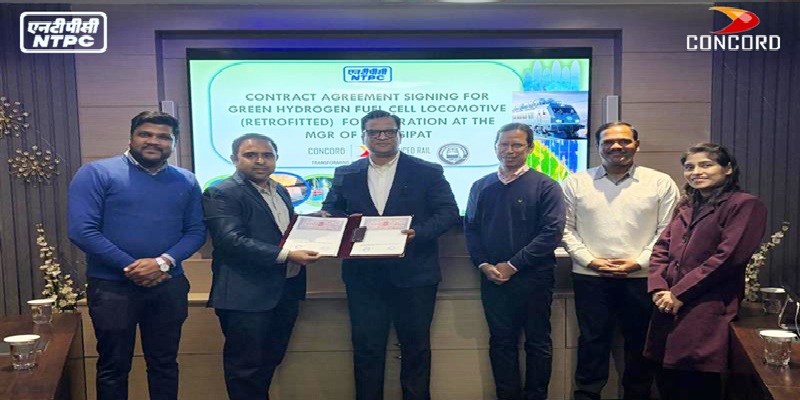Schedule a Call Back
Hahn Gas Springs With Ballpoint Pen Principle
Hahn Gas Springs With Ballpoint Pen Principle
A C Automation offers HAHN gas springs with ballpoint pen principle, which are used wherever components have to be moved without a complex release system. These gas springs are used as a supporting opening and holding device in the furniture industry, in mechanical engineering, in medical technology and in many other areas of the industrial and private sector. The springs with ballpoint pen principle are hydropneumatic, self-contained and maintenance-free adjustment elements. They are filled with compressed gas (nitrogen) which provides the spring tension. The spring tension results from the internal pressure in the cylinder, which is generated by the filling medium nitrogen. In the case of gas springs, this pressure is applied to the cross-sectional surface of the piston rod. The piston rod is always extended when no load is applied. By pushing in the piston rod, the volume in the cylinder is reduced and the gas is compressed. This results in an increase of the gas spring force (progression) depending on the diameter of the piston rod and the volume of the cylinder. In addition, the gas spring with ballpoint pen principle can be mechanically locked in the retracted position. Similar to the ballpoint pen principle, the locking mechanism can be released by lightly pressing it in, whereupon the gas spring extends automatically. A large number of suitable connections and fittings ensure that the gas spring is optimally attached to your application
Product & Technology News
A C Automation offers HAHN gas springs with ballpoint pen principle, which are used wherever components have to be moved without a complex release system. These gas springs are used as a supporting opening and holding device in the furniture industry, in mechanical engineering, in medical technology and in many other areas of the industrial and private sector. The springs with ballpoint pen principle are hydropneumatic, self-contained and maintenance-free adjustment elements. They are filled with compressed gas (nitrogen) which provides the spring tension. The spring tension results from the internal pressure in the cylinder, which is generated by the filling medium nitrogen. In the case of gas springs, this pressure is applied to the cross-sectional surface of the piston rod. The piston rod is always extended when no load is applied. By pushing in the piston rod, the volume in the cylinder is reduced and the gas is compressed. This results in an increase of the gas spring force (progression) depending on the diameter of the piston rod and the volume of the cylinder. In addition, the gas spring with ballpoint pen principle can be mechanically locked in the retracted position. Similar to the ballpoint pen principle, the locking mechanism can be released by lightly pressing it in, whereupon the gas spring extends automatically. A large number of suitable connections and fittings ensure that the gas spring is optimally attached to your application

















